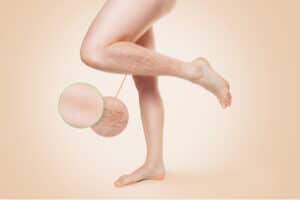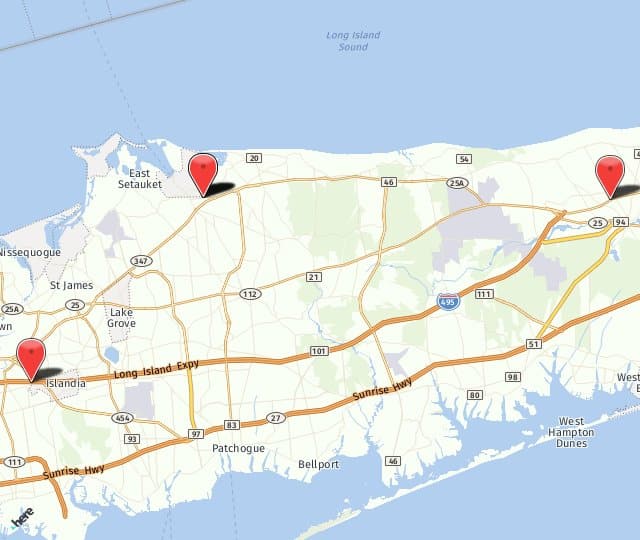
What are Varicose Veins?
Varicose veins are known for their appearance, mostly. However, they aren’t much unlike the tiny spider veins that many people develop around the ankles, knees, or other parts of the legs. In a perfect circulatory system, oxygenated blood is carried to all parts of the body via a system of arteries. The veins are vessels that carry deoxygenated blood back to the lungs and heart. The veins must work against gravity, and they do so via a series of one-way valves. Contractions of the calf muscles also facilitate the upward movement of blood out of the lower legs. If the valves fail, blood cannot exit the vein effectively. Some of the blood backs up and pools in a section of the vein. Once the pooling begins, it tends to continue and worsen over time. This is why, at first, varicose veins may look discolored or slightly puffy but, over time, become long, twisted ropes of swollen vessels.
There are a few risk factors that make some people more susceptible to varicose veins. These include:
- Family history. If Mom, Dad, or a grandparent or sibling has vein conditions, the chances are higher of developing varicose veins.
- XX chromosomes. Women are more likely to develop varicose veins as a result of their regular hormonal shifts.
- Pregnancy. When pregnant, a woman’s blood vessels are under more pressure. Also, she is experiencing significant fluctuations in the hormone progesterone, which can loosen soft tissues in preparation for birth.
- Injury. Specifically, injury to the lower legs can increase the risk of developing varicose veins.
- Sitting or standing for too long. The valves in the veins work more efficiently when we regularly move our calf muscles. We do not do this when we sit or stand, so the blood moves less efficiently.
- Age and weight are additional risk factors. However, they can be mitigated with regular exercise and effective weight management.
What Do Varicose Veins Say about Health?
Varicose veins can feel unnerving not only because they are protruding and cosmetically noticeable, but also because, as they get worse, they can cause uncomfortable symptoms. We should mention, too, that a varicose vein doesn’t have to be visible to be symptomatic. Whether it can be seen or not, this impaired vein can ache, burn, itch, sting, or cause cramping or heaviness in the leg. But do these symptoms mean anything about your overall health? Fortunately, in most cases, the answer is no. Varicose veins don’t mean that your circulation is generally poor or that you have higher risks for cardiovascular problems. This is good news, but it also doesn’t mean you shouldn’t do something to reduce your risk of getting more varicose veins if you can.
Managing Vein Health
First, if you have painful or cosmetically troubling varicose veins, you can get them treated. At Suffolk Vascular and Vein Center, we regularly perform vein treatments to eliminate varicose veins. Alongside proper clinical care, people with varicose veins are strongly encouraged to lose weight if they are currently overweight, to eat a healthy diet, and exercise regularly. Walking is an excellent form of exercise to work against the risk factors for varicose veins.
We are proud to provide outstanding, patient-centered care at our facilities in Hauppauge, Port Jefferson Station, and Riverhead, NY. To schedule your consultation for varicose vein treatment, contact us today.

